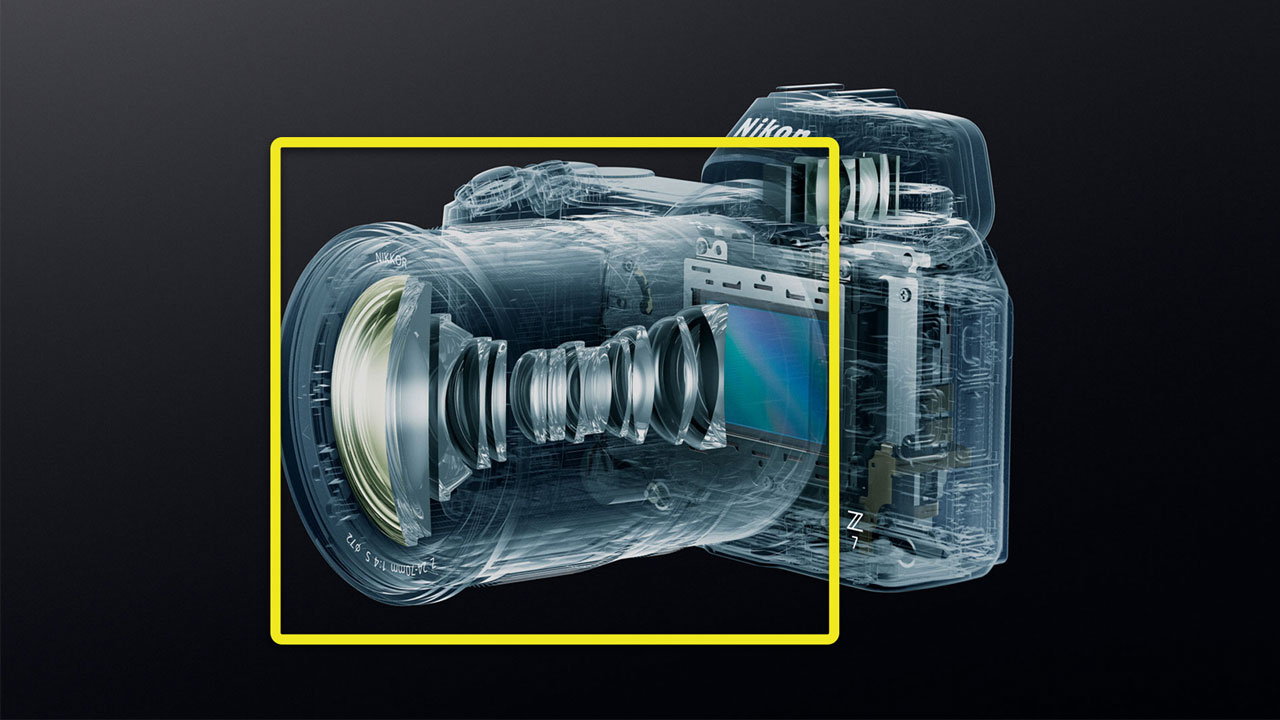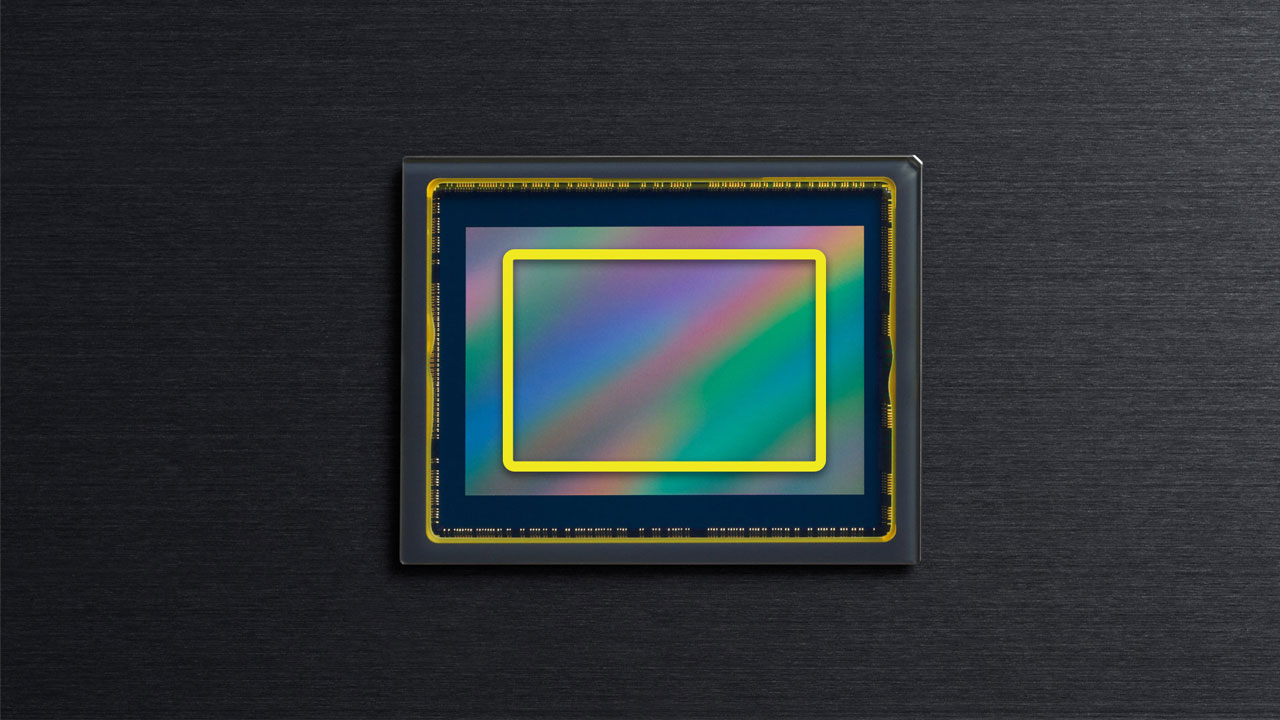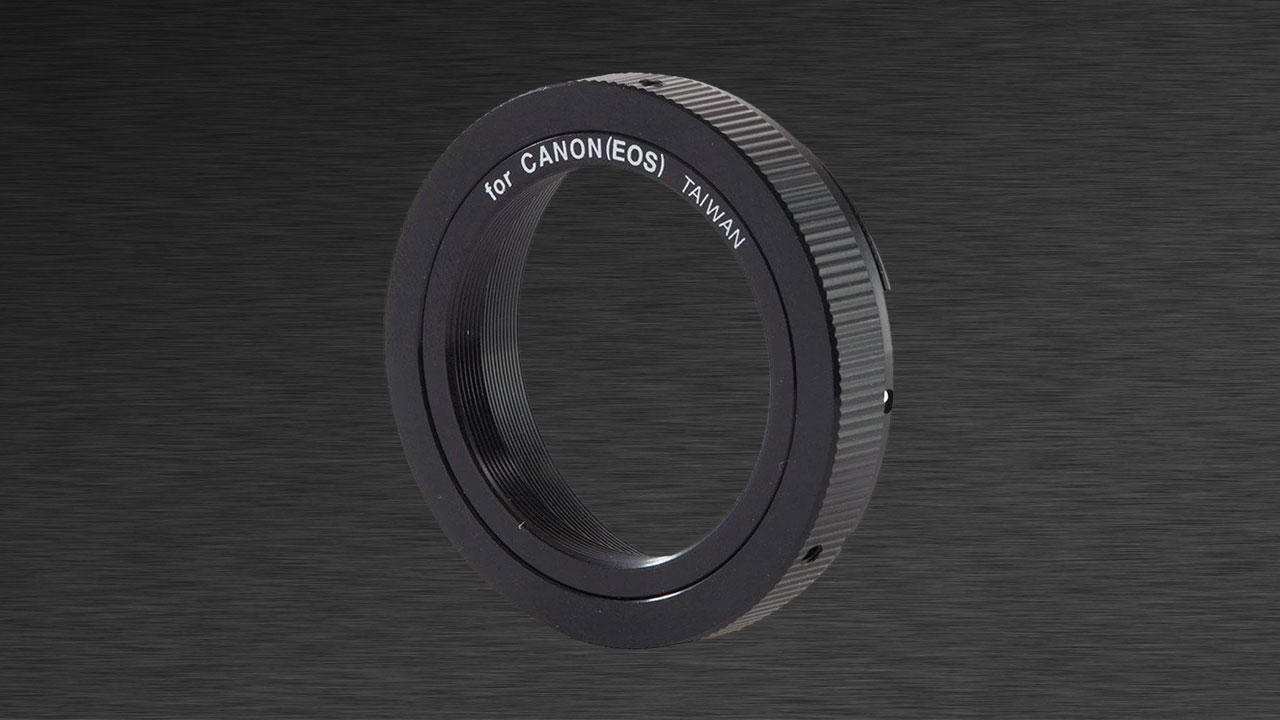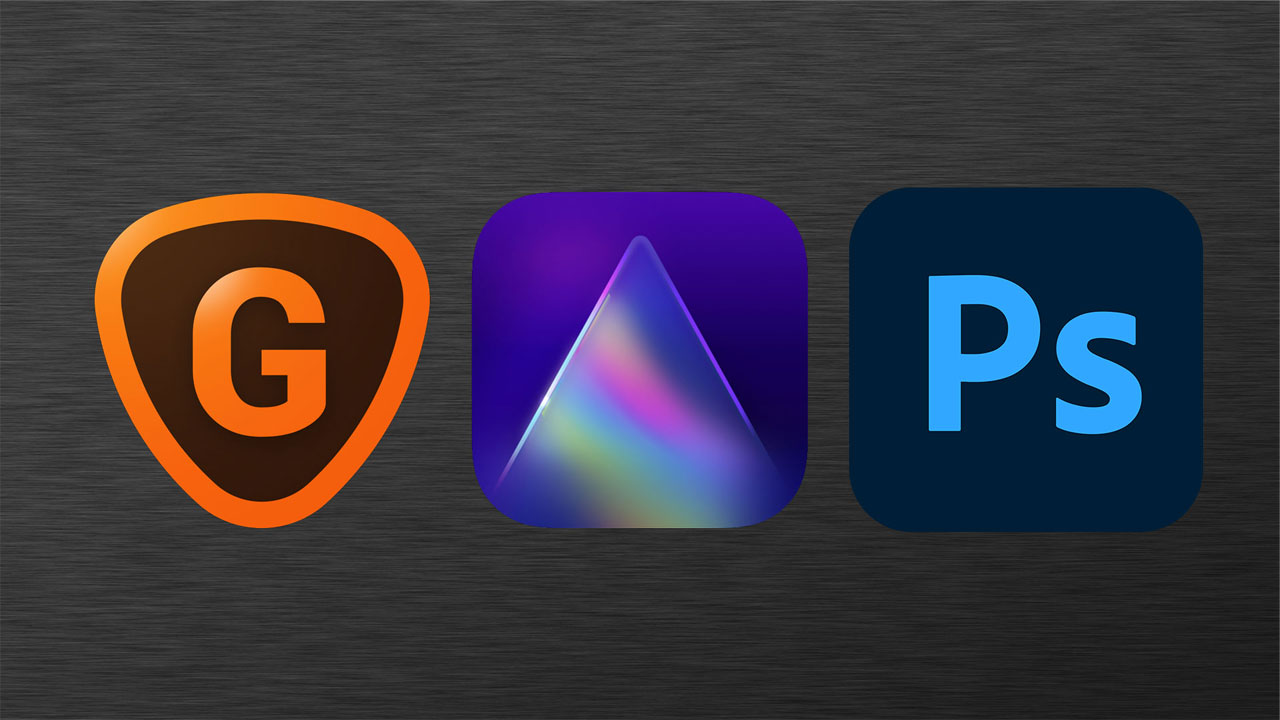How to Get the Maximum Zoom From Your Camera
We've rounded up some simple tips and tricks for getting maximum zoom from your camera, with advice on how to upgrade your equipment and process your images.

Getting the maximum zoom from your camera can help you capture detailed pictures of the night sky. It's a key technique to master in astrophotography, where you're often trying to overcome the vast distance between camera and subject. Planets, stars and nebulae only appear as distant pin-pricks to the naked eye but specialized techniques and equipment, such as the best cameras for astrophotography, can help you capture them more clearly.
Here, we break down what type of kit you should be looking out for – and the best photo editing apps you can use – to improve your chances of getting detailed imagery. For more basic tips, check out our astrophotography for beginners guide.
Digital Zoom vs Optical Zoom
Most compact and bridge cameras, in fact, most cameras which use a fixed lens system, boast about their zoom ability. For the most part this makes sense, because if we want flexibility in our photography then the greater the zoom range, the more options we have to capture different types of subjects. However, not all zooms are made equally.
The two types of zoom available for cameras are optical and digital. Optical zoom refers to the physical movement of the lens elements in order to attain a longer focal length and therefore zoom in on the scene. Digital zoom works by literally cropping in on the image sensor in real-time, reducing the number of pixels used to capture the photograph.

For obvious reasons optical zoom is preferable because photographs keep all their original image detail, so a 20 megapixel image will still hold 20MP after optical zoom, whereas digital zoom will reduce this. Digital zoom can also be replicated later in image editing software through the use of cropping, so using digital zoom in-camera is usually advised against because it reduces compositional options, something which we’ll come onto in more detail later.

Interchangeable Lens Cameras
Not all cameras have fixed lenses though. DSLRs and mirrorless (and a handful of compact/bridge) cameras use interchangeable lens systems, which allows the user to swap out one lens for another. This is extremely useful for astrophotography because it allows the use of different focal length lenses. That means you could switch from taking an astro shot of the milky way using a wide-angle lens, to a close-up of a nebula with the aid of a longer telephoto lens.
But telephoto lenses can get incredibly expensive, so how do you get the same reach but at a much reduced price? That’s where a teleconverter comes in. Teleconverters attach between the camera body and the lens and can multiply the focal length. They typically come in 1.4x, 1.7x, and 2x multipliers. So a 200mm lens with a 2x teleconverter would now give 400mm focal length.
Breaking space news, the latest updates on rocket launches, skywatching events and more!
You can often use teleconverters in lunar photography, so it's worth investing in one if you're planning on regularly photographing the moon.

Changing lenses and switching in and out teleconverters comes with a price, (literally as well as figuratively). With every change we risk dust and debris going into the camera and resting on the image sensor causing sensor spots, or even on the glass elements of the lenses themselves, giving other unwanted distractions. That’s why it might be better to purchase a zoom lens, something like a 70-200mm. Zoom lenses offer good optical quality no matter the zoom length as well as the ability to recompose without having to move. Though they are usually not as good optically, they are commonly less expensive.
Cameras With the Best Zoom
DSLR and mirrorless cameras have a suite of lenses to turn to when needing to upgrade the maximum zoom on your camera, but there are a number of surprisingly good zoom compact and bridge cameras on the market too.

Possibly the most famous for its insane camera zoom was the Nikon Coolpix P900 released back in 2015. It offered 83x optical zoom which is equivalent to 24-2000mm on a 35mm image sensor. While the camera is still available second-hand at around $500 its latest iteration, the Nikon Coolpix P1000 offers 125x optical zoom for even more incredible zoom detail. Other bridge cameras worth a mention are the Panasonic FZ82, the Sony RX10 III, and the Canon Powershot SX70 HS.
Megapixels for Mega Shots
Owning the camera with the highest megapixels doesn’t necessarily mean it’ll give the best photographic results, but when it comes to capturing as much detail as possible, generally the bigger the better.
For example, if you’re shooting a picture of the moon and it appears relatively small in the frame, you could shoot it on a 40MP camera and crop down to half the size so that the moon appears bigger. You’d be losing half the pixel information but a 20MP image is still of high enough quality for most uses whether online or in print. This is a cheap way of optimizing zoom in your camera.
It’s All About Composition
Subjects near the horizon are sometimes visually amplified due to the thicker slice of atmosphere the light passes through. Have you ever noticed that the moon, as it rises above the horizon, is more oval-shaped and appears bigger/redder? That’s because the light is travelling through more of earth’s atmosphere, distorting the view.

When subjects are composed next to foreground elements such as trees, horizons, or landmarks they appear larger because of the context the foreground elements provide. For example, this image over New York makes the moon appear large because the skyscrapers next to it are much, much closer to the lens. This play with perspectives can make it seem like there’s more zoom on your camera.
Make Use of a Telescope Mount

Another way of getting maximum zoom from your camera is to attach it to a telescope. The camera is then only limited by the focal length of the telescope in use. Almost all major telescope manufacturers offer DSLR or mirrorless mounts so that astronomers can photograph astro subjects. They usually attach in one of two ways: either via a T-ring and prime-focus adapter mounted to the telescope; or using an eyepiece projection adapter if smaller subjects like planets are the desired subject. We have a full guide on how to take lunar photos through a telescope, for anyone who needs a little more guidance.
Use Software to Maximize Zoom

If you’ve maxed out your camera’s or lens’ zoom but are still underwhelmed with the results then it might be time to use some studio magic to maximize the zoom. One option is to literally crop-in on a subject as we mentioned earlier, but this restricts detail by removing pixels from the image, limiting the size of the image when published. However, new technology often powered by Artificial Intelligence offers to both crop in and retain or improve detail in photographs.
If using Adobe Photoshop CC then head to Filter>Neural Filters>Superzoom to make use of this feature. Other softwares that offer similar features are: Affinity Photo; Luminar AI; and Topaz Labs Gigapixel AI.

Jase Parnell-Brookes is the Managing Editor for e-commerce for Space and Live Science. Previously the Channel Editor for Cameras and Skywatching at Space, Jase has been an editor and contributing expert across a wide range of publications since 2010. Based in the UK, they are also an award-winning photographer and educator winning the Gold Prize award in the Nikon Photo Contest 2018/19 and named Digital Photographer of the Year in 2014. After completing their Masters degree in 2011 and qualifying as a teacher in 2012, Jase has spent the last two decades studying and working in photography and publishing in multiple areas, and specializes in low light optics and camera systems.
